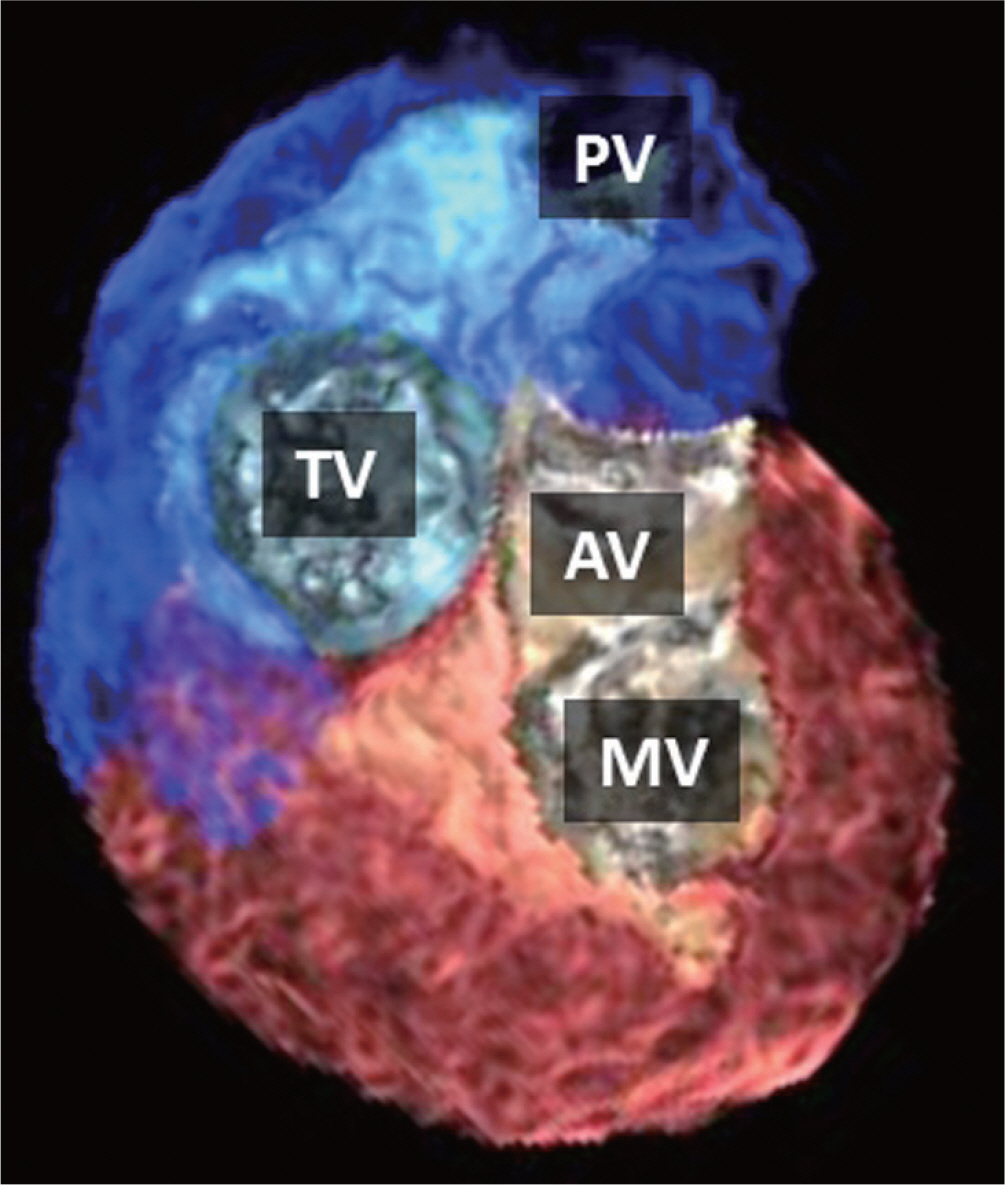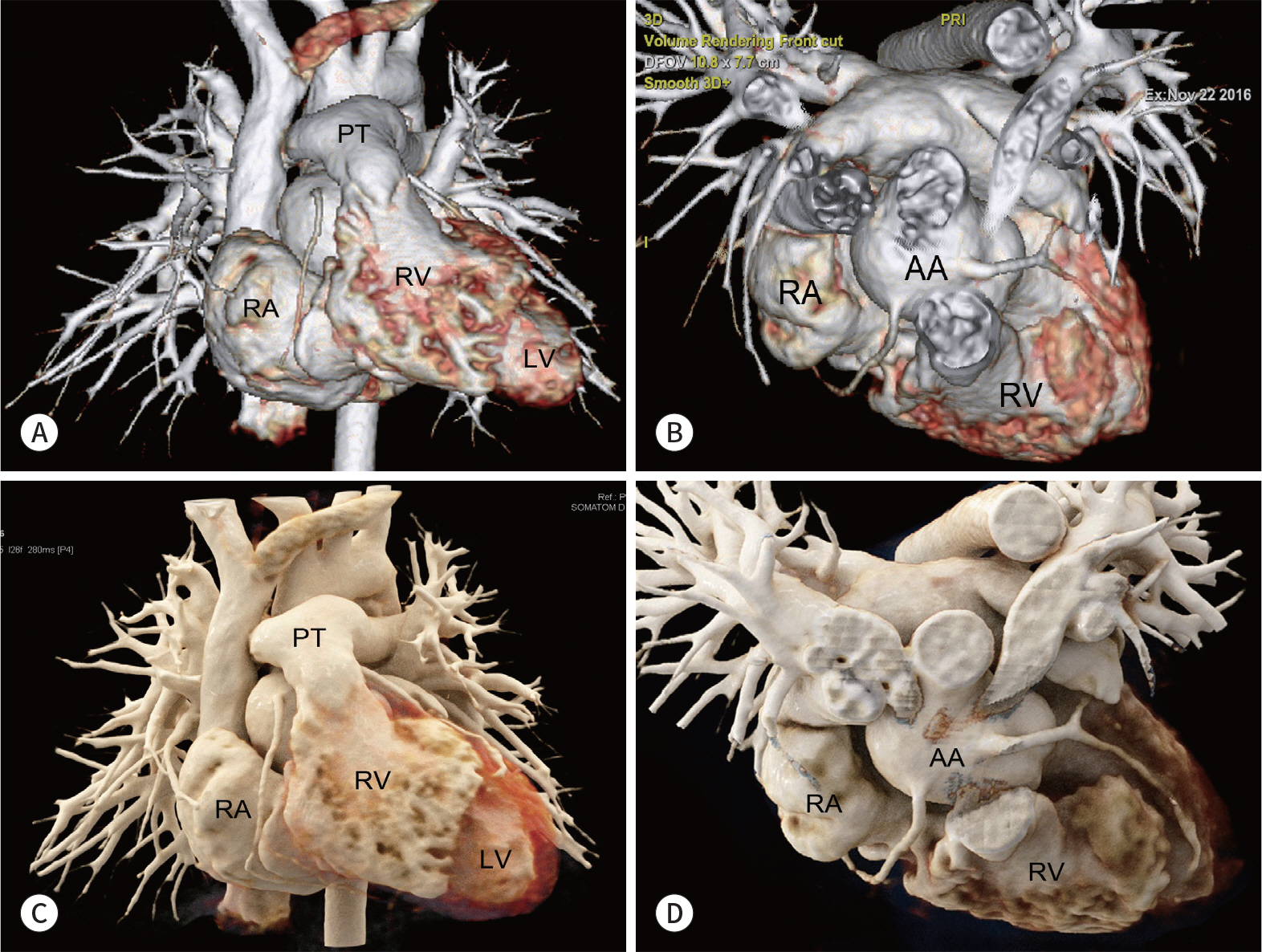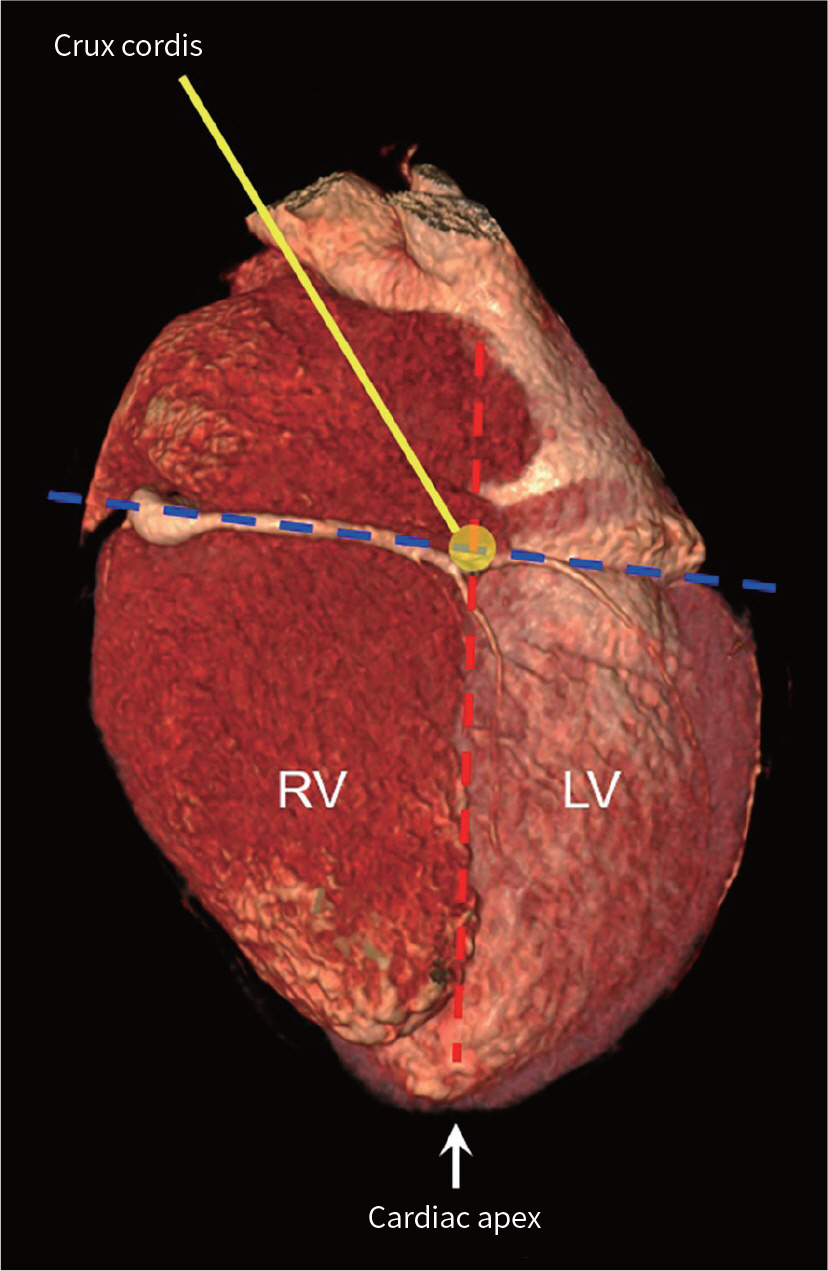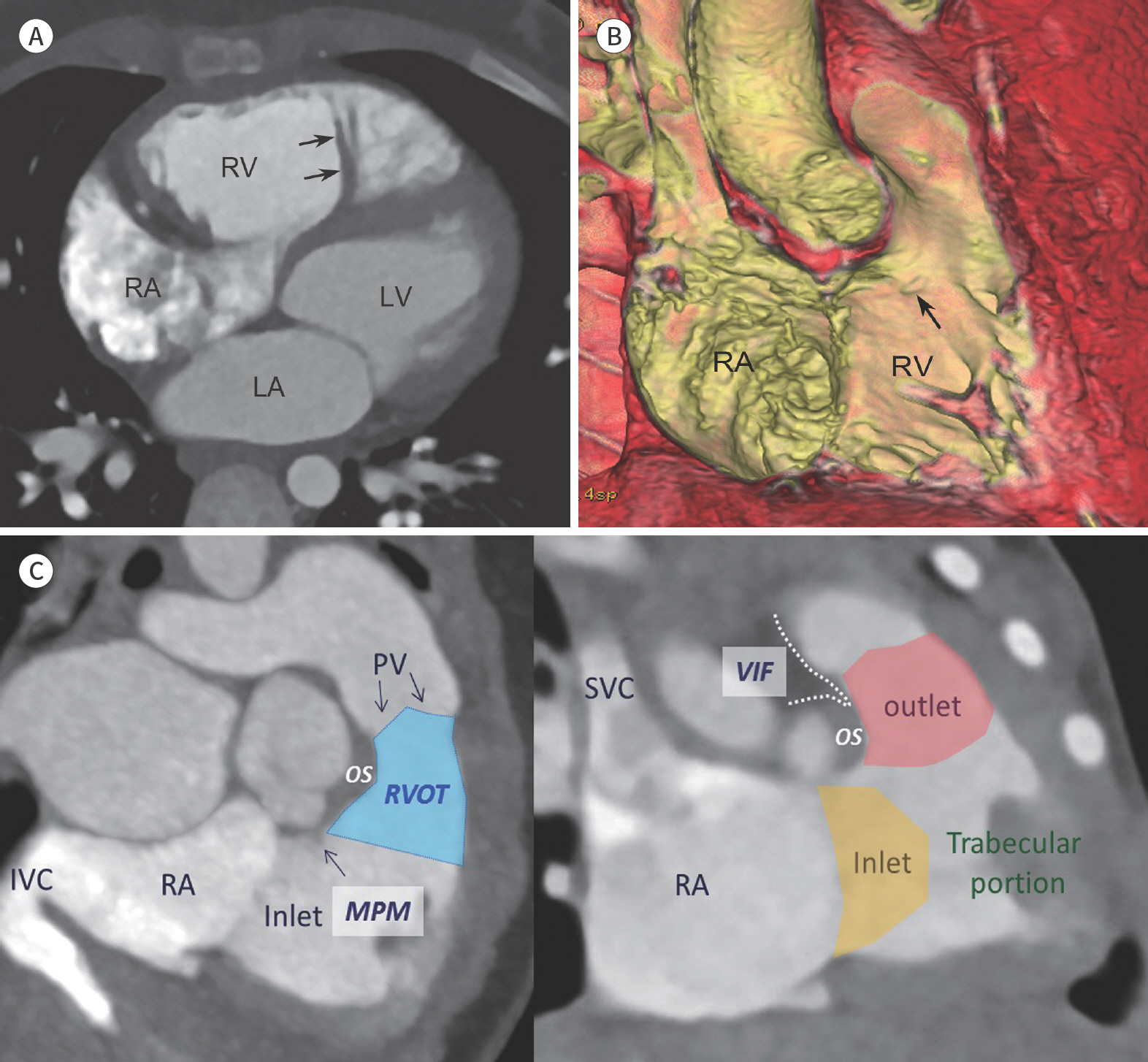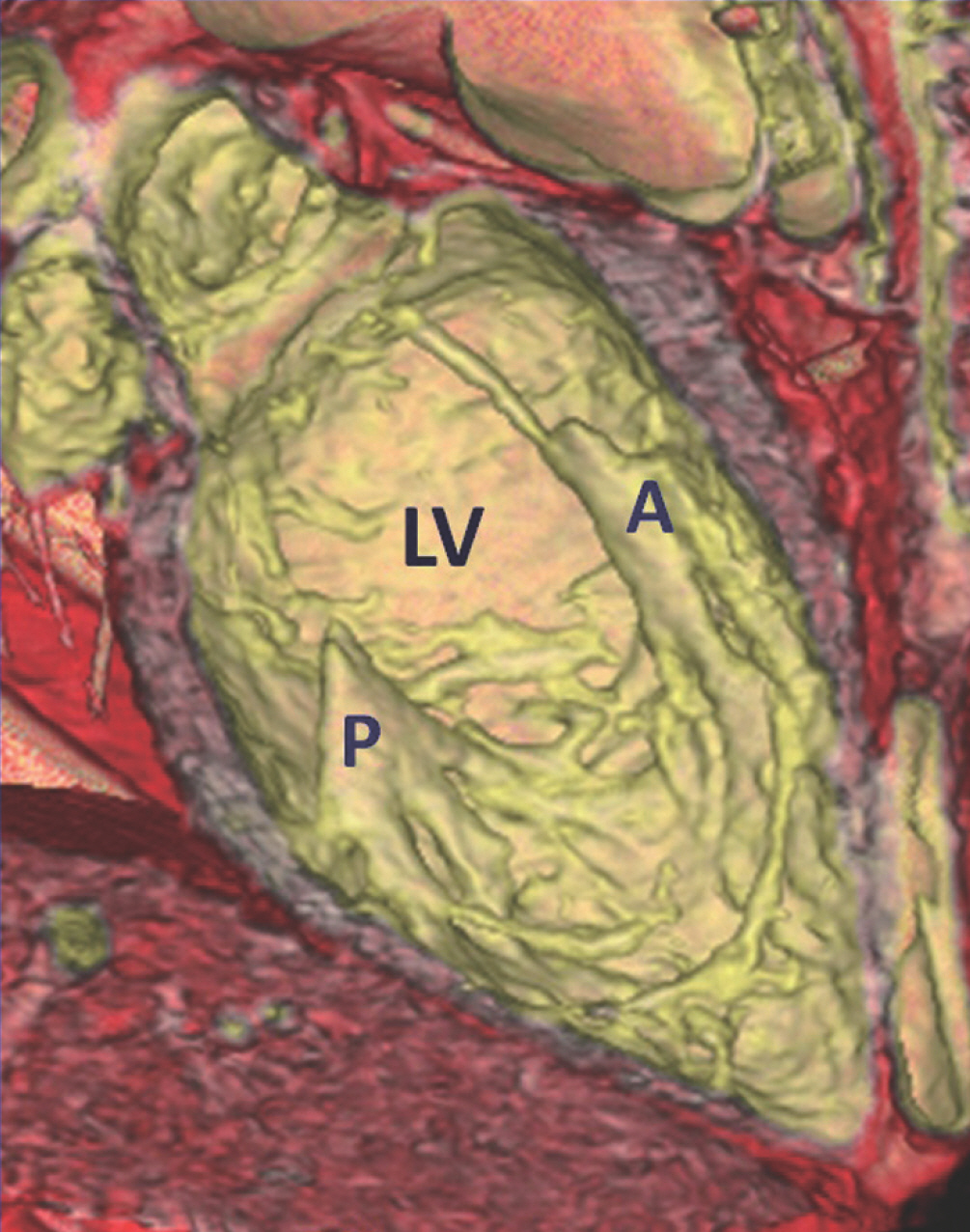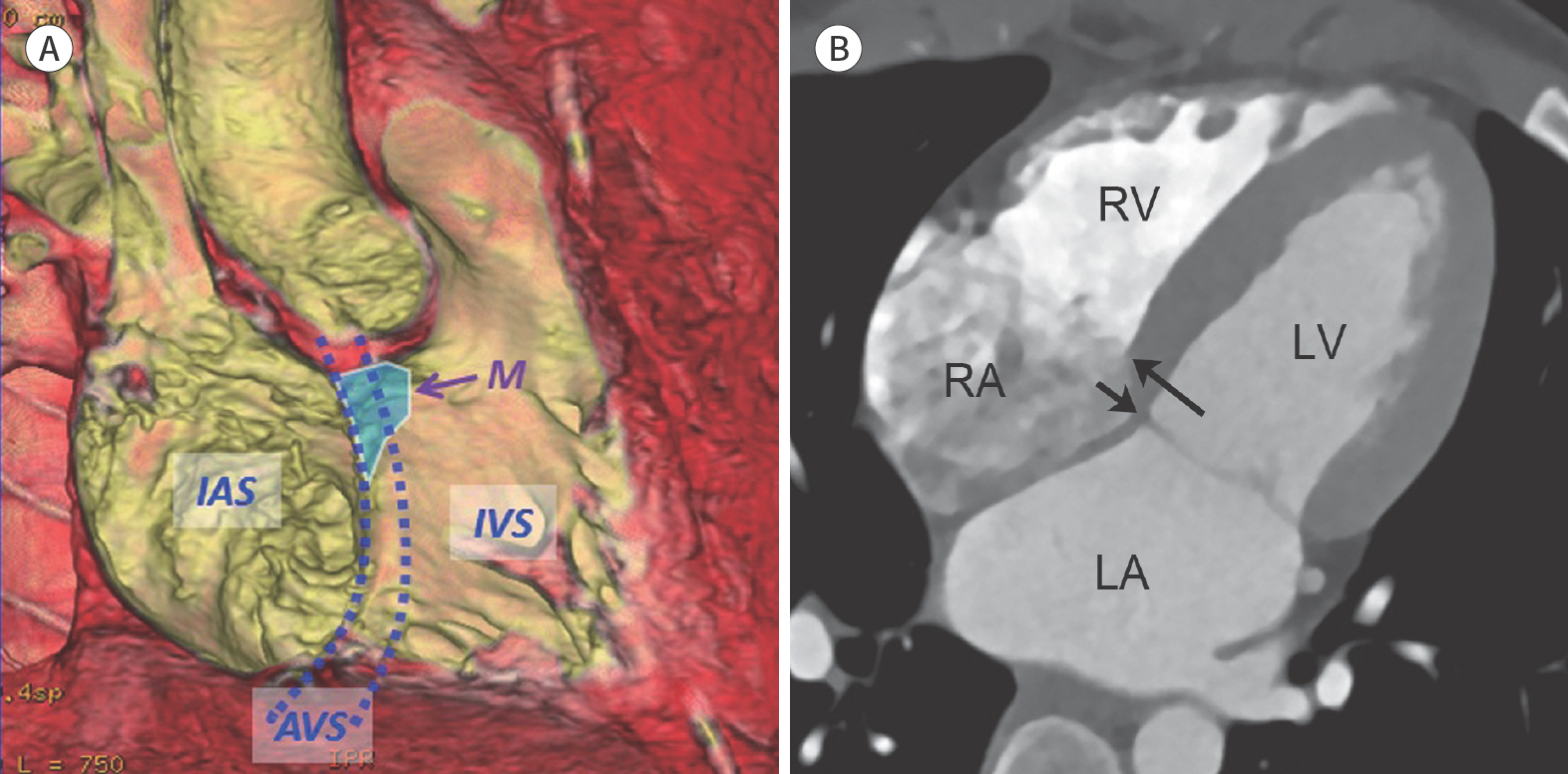J Korean Soc Radiol.
2019 Nov;80(6):1107-1120. 10.3348/jksr.2019.80.6.1107.
CT-Based Essential Cardiac Anatomy for Radiology Residents to Understand Congenital Heart Disease
- Affiliations
-
- 1Department of Radiology, Asan Medical Center, University of Ulsan College of Medicine, Seoul, Korea. ghw68@hanmail.net
- KMID: 2464910
- DOI: http://doi.org/10.3348/jksr.2019.80.6.1107
Abstract
- Congenital heart disease is often associated with severe clinical presentations demanding prompt imaging diagnosis and appropriate treatment. Therefore, radiologists, particularly radiology residents, should be familiar with essential cardiac anatomy in order to diagnose congenital heart disease. In our clinical practice, cardiac anatomy is commonly depicted on CT images acquired with state-of-the art CT imaging techniques; however, the related imaging findings may be overlooked due to lack of attention, experience, or knowledge. It is partly due to the fact that CT-based illustration of cardiac anatomy to help understand congenital heart disease is currently scarce. In this article, cardiac imaging planes; crucial anatomical landmarks; morphological features of cardiac chambers, septa, and valves; and connections of cardiac segments are illustrated using cardiac CT images to facilitate understanding of congenital heart disease.
Figure
Reference
-
References
1. Jang SY, Seo SR, Moon JR, Cho EJ, Kim E, Chang SA, et al. Prevalence and mortality of congenital heart disease in Korean adults.Medicine (Baltimore). 2018; 97:e11348.2. Suranyi P, Varga-Szemes A, Hlavacek AM. An overview of cardiac computed tomography in adults with congenital heart disease. J Thorac Imaging. 2017; 32:258–273.
Article3. De Cecco CN, Muscogiuri G, Madrid Pérez JM, Eid M, Suranyi P, Lesslie VW, et al. Pictorial review of surgical anatomy in adult congenital heart disease.J Thorac Imaging. 2017; 32:217–232.4. Goo HW, Park IS, Ko JK, Kim YH, Seo DM, Yun TJ, et al. CT of congenital heart disease: normal anatomy and typical pathologic conditions.Radiographics. 2003; 23:Spec No: S147-S165.5. Goo HW, Park IS, Ko JK, Kim YH, Seo DM, Park JJ. Computed tomography for the diagnosis of congenital heart disease in pediatric and adult patients. Int J Cardiovasc Imaging. 2005; 21:347–365. ; discussion 367.
Article6. Goo HW. State-of-the-art CT imaging techniques for congenital heart disease. Korean J Radiol. 2010; 11:4–18.
Article7. Goo HW, Yang DH. Coronary artery visibility in free-breathing young children with congenital heart disease on cardiac 64-slice CT: dual-source ECG-triggered sequential scan vs. single-source non-ECG-synchronized spiral scan. Pediatr Radiol. 2010; 40:1670–1680.
Article8. Goo HW. Cardiac MDCT in children: CT technology overview and interpretation.Radiol Clin North Am. 2011; 49:997–1010.9. Goo HW. Current trends in cardiac CT in children. Acta Radiol. 2013; 54:1055–1062.
Article10. Tsai IC, Goo HW. Cardiac CT and MRI for congenital heart disease in Asian countries: recent trends in publication based on a scientific database.Int J Cardiovasc Imag/iing. 2013; 29(Suppl 1):1–5.11. Bang JH, Park JJ, Goo HW. Evaluation of commissural malalignment of aortic-pulmonary sinus using cardiac CT for arterial switch operation: comparison with transthoracic echocardiography.Pediatr Rad/iiol. 2017; 47:556–564.12. Goo HW, Park SH. Pulmonary vascular volume ratio measured by cardiac computed tomography in children and young adults with congenital heart disease: comparison with lung perfusion scintigraphy. Ped/iiatr Radiol. 2017; 47:1580–1587.
Article13. Goo HW. Identification of coronary artery anatomy on dual-source cardiac computed tomography before arterial switch operation in newborns and young infants: comparison with transthoracic echocardiography.14. Goo HW. Coronary artery anomalies on preoperative cardiac CT in children with tetralogy of Fallot or Fallot type of double outlet right ventricle: comparison with surgical findings.Int J Cardiovasc Imaging. 2018; 34:1997–2009.15. Goo HW.CT in pediatric heart disease. In Saremi F, Achenbach S, Arbustini E, Narula J, eds. Revisiting cardiac anatomy: a computed-tomography-based atlas and reference. Boston: Wiley-Blackwell;2006. p. 76–84.16. Rowe SP, Johnson PT, Fishman EK. Cinematic rendering of cardiac CT volumetric data: principles and initial observations.J Cardiovasc Comput Tomogr. 2018; 12:56–59.17. Mori S, Fukuzawa K, Takaya T, Takamine S, Ito T, Fujiwara S, et al. Clinical cardiac structural anatomy reconstructed within the cardiac contour using multidetector-row computed tomography: atrial septum and.18. Saremi F, Ho SY, Cabrera JA, Sánchez-Quintana D. Right ventricular outflow tract imaging with CT and MRI: part 1, morphology.AJR Am J Roentgenol. 2013; 200:W39–W50.19. Mori S, Fukuzawa K, Takaya T, Takamine S, Ito T, Fujiwara S, et al. Clinical cardiac structural anatomy reconstructed within the cardiac contour using multidetector-row computed tomography: the arrangement and location of the cardiac valves. Clin Anat. 2016; 29:364–370.
Article
- Full Text Links
- Actions
-
Cited
- CITED
-
- Close
- Share
- Similar articles
-
- Double Outlet Right Ventricle: In-Depth Anatomic Review Using Three-Dimensional Cardiac CT Data
- Pattern Analysis of Left Ventricular Remodeling Using Cardiac Computed Tomography in Children with Congenital Heart Disease: Preliminary Results
- State-of-the-Art CT Imaging Techniques for Congenital Heart Disease
- MR Imaging of Congenital Heart Disease
- Congenital Anomalies of the Coronary Sinus: A Pictorial Essay



